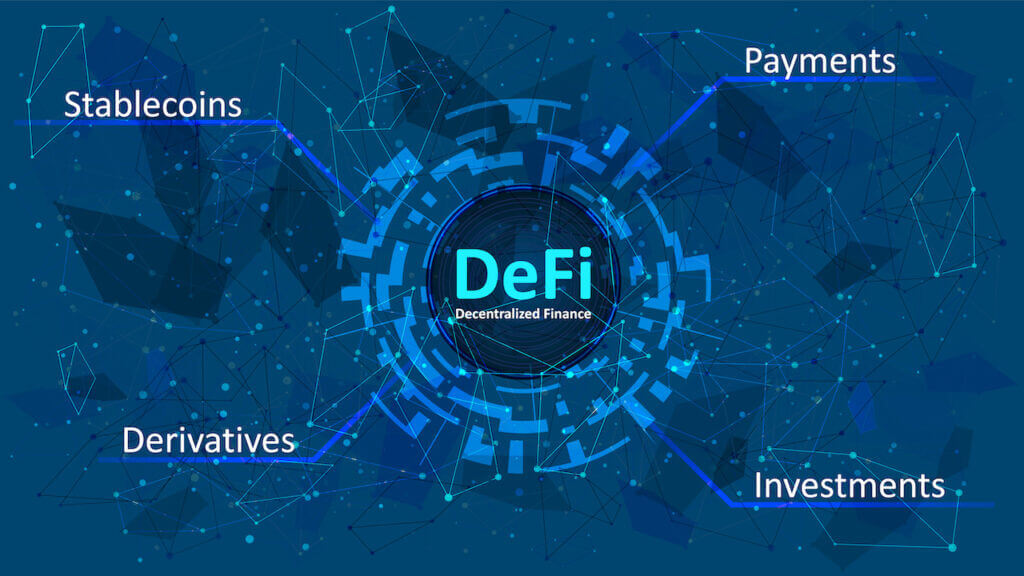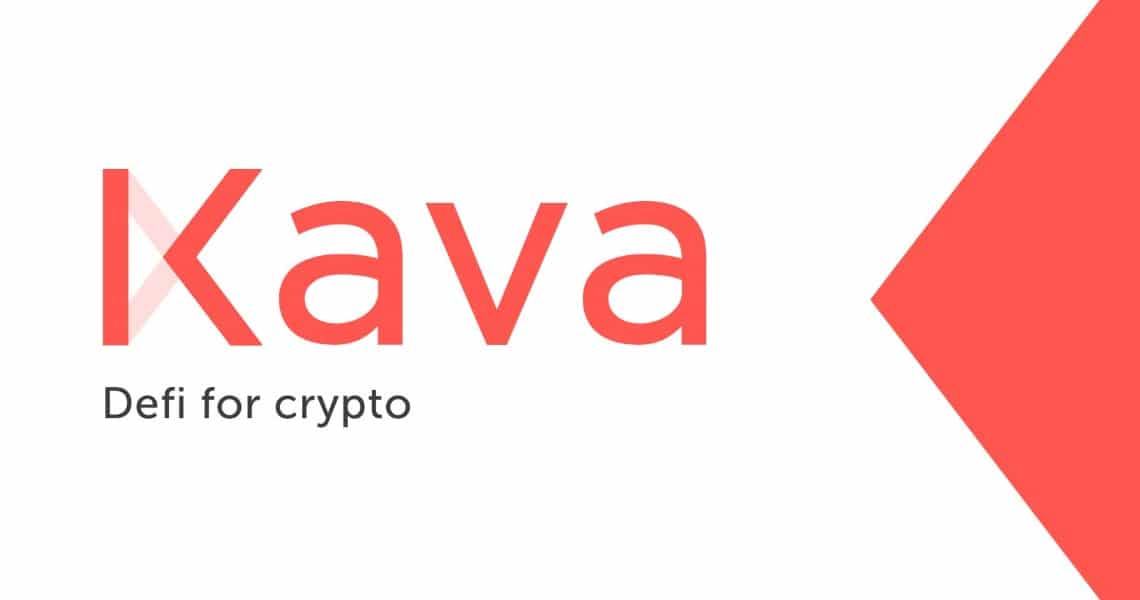As cryptocurrency use gains more popularity, so do the innovations around this space. Crypto enthusiasts are set to enjoy increased convenience and ease of use after Kava unveiled Harvest.io. This cross-chain money market has a global reach, which makes it quite convenient for investors.
Harvest.io is a fintech application built on top of Kava’s infrastructure, enabling users to borrow or lend cryptocurrencies across blockchains. It’s the first of its kind and is a premium feature of Kava 4 Gateway.
It supports cross-chain transactions of BTC, BUSD, XRP, and Kava tokens.
In this article, we shall explore the technologies behind Harvest.io, its history coming up, and some Harvest.io alternatives. It is worth noting that Harvest.io already rebranded to HARD, and its benefits accrue as fintech gains more users.
Harvest.io Consolidating Markets for the First Time
DeFi markets are fragmented, and crypto blockchains lacked interoperability until late 2020. Harvest.io came into the markets to resolve this problem.
The launch of Kava 4 Gateway in Oct 2020 ushered in a paradigm shift in the ease of use for crypto enthusiasts. It expanded Kava technologies into interoperability with BTC, XRP, and BUSD infrastructure.
It also empowered users to expand assets without having to upgrade networks.
Harvest.io was Kava 4 Gateway’s highlight, and it expanded the gains of DEXs. It’s making user-success more prevalent, and the masses are warming up to the ease of buying, selling, lending, and borrowing.
It’s even sweeter considering that no third-party gets involved in any of the transactions, and the financial records are secure and irreversible.
How Kava 4 Supports Cross-Chain Transactions
It’s simple how Harvest.io offers cross-chain interoperability, but the technology is proprietary. It builds cross-chain bridges and supports them with Chainlink Oracles.
This fintech utilizes Kava’s:
- Blockchain security.
- Price feed module.
- Cross-chain functionality.
The Harvest.io infrastructure is fast enough to attract new users. Unlike Bitcoin’s blockchain, the Kava networks build consensus through democratic validators.
Harvest.io validators also vote on internal governance changes and implement system updates.
With Proof of Work, miners have to solve complex math problems, which makes them slower than Kava validators in authenticating and completing transactions.
Interoperability: It’s Now A Crypto Reality
Interoperability refers to the ability of different computers, software, networks, and computing servers to exchange and apply data.
Just five months after Kava launched Harvest.io, Kava accounts more than doubled, investors locked more than $25.65 million in value, and users borrowed $10.8 worth of USDX. Kava’s liquidity is rising exponentially.
What Harvest.io Means for Investors
For starters, the fact it transitioned to HARD should motivate business minds that need to adapt and adopt investments in digital currencies. HARD makes it possible to trade and loan Stablecoins, KAVA tokens, BTC, XRP, ATOM, and BNB without involving third-parties.
HARD is the fintech that investors need to exploit the potential of cryptocurrencies. It empowers users to trade in a decentralized, convenient manner, and its interoperability makes it easier to access the most in-demand digital currencies.
Blockchain Fintech Interoperability and Institutionalization
Crypto asset institutionalization will propel cryptocurrencies into the next step of global acceptance. However, institutionalization is still a long shot until certain factors are addressed.
One of the biggest hurdles facing crypto-asset institutionalization is the lack of supporting services such as brokerages, exchanges, and asset management.
Harvest.io takes care of the need for brokerages and third-party exchanges. Moreover, smart contracts are excellent upgrades for third-party asset management services.
Institutionalization Takes More than Just Cross-Chain Money Markets
According to Binance CEO, Mr. Zhao, institutionalization and widespread use of Kava technologies need numerous synergies. He appreciates the milestone of developing cross-chain money markets.
However, he asserts that the ecosystem needs other critical elements to be conducive for mass acceptance. For instance, he is wary about the ease of use in digital currency transactions. The major source of resistance springs from slow processing and the prevailing ignorance.
In Nov 2020, Kava confirmed that HARD Protocol, previously Harvest.io, would be hosted on Binance’s Launchpool. The platform is designed to roll out DeFi to end-users.
HARD allows users to stake BNB, KAVA tokens, and BUSD on separate slates. Kava Labs had to rename Harvest.io to HARD after Harvest.finance launched. It was the best way to resolve the hard trademark conflict of interest.
Other Blockchains Featuring Cross-Chain Interoperability
Equilibrium is a digital money market that powers cross-chain currency exchanges. It also allows users to use, earn, lend, borrow, stake, and fundraise crypto assets across various popular blockchains.
This cross-chain money market platform is integrated on the Polkadot network. Its designers focused on enhancing scalability and reducing high transaction costs.
Why Is HARD Better?
HARD tokens empower users to determine how things go. Users build consensus in the management of key parameters and protocols i.e.:
- Platform fees.
- How assets are offered.
- Reward systems.
Earlier blockchain users have lots of say and establish grassroots culture. Consensuses are irreversible, and HARD tokens are most lucrative now that they are still novel crypto assets.
Remember, cross-chain money markets are picking up traction. Folks are finding it easier to use blockchain fintech because of innovations such as Harvest.io, which is built on Kava 4 Gateway.
Parting Shot
Harvest.io is a lucrative fintech for digital entrepreneurs. HARD technologies deliver reliability to users on a global scale, transcending above regulatory scrutiny. This DeFi fintech empowers users to determine the direction of the blockchain in a purely democratic fashion.
Users can exchange and make use of information with other blockchain networks. It gives DeFi users access to borrowing and lending options for different cryptocurrencies, creating cross-chain money markets. Moreover, the tech is fast and secure.
Take advantage of these innovations while they are new, and gain some control by making decisions while the platform is new. Check out HARD, and feel free to share your experience with cross-chain money markets in the comments section.




